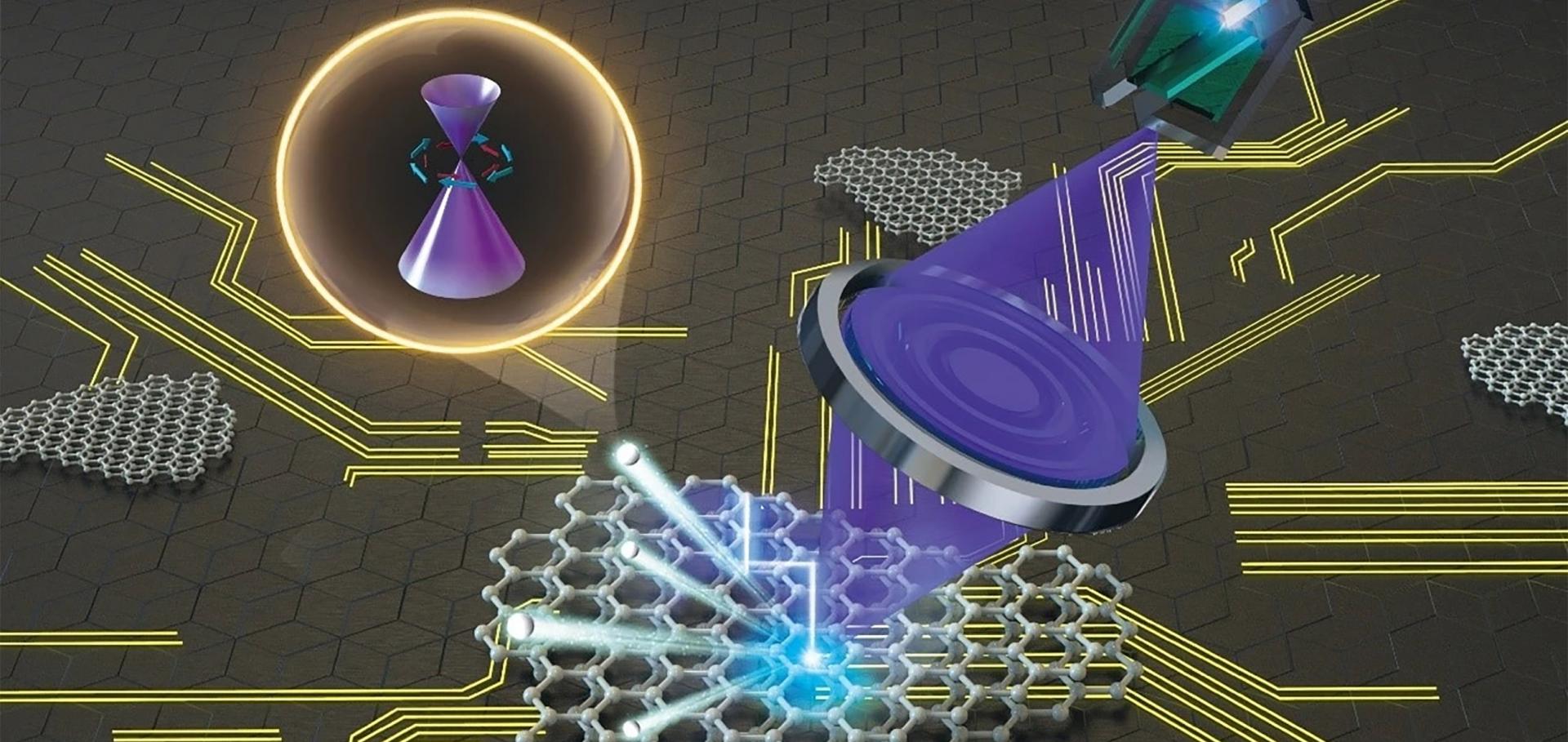Ultrasmooth organic-inorganic perovskite thin-film formation and crystallization for efficient planar heterojunction solar cells.
Nature communications (2015)
Abstract:
To date, there have been a plethora of reports on different means to fabricate organic-inorganic metal halide perovskite thin films; however, the inorganic starting materials have been limited to halide-based anions. Here we study the role of the anions in the perovskite solution and their influence upon perovskite crystal growth, film formation and device performance. We find that by using a non-halide lead source (lead acetate) instead of lead chloride or iodide, the perovskite crystal growth is much faster, which allows us to obtain ultrasmooth and almost pinhole-free perovskite films by a simple one-step solution coating with only a few minutes annealing. This synthesis leads to improved device performance in planar heterojunction architectures and answers a critical question as to the role of the anion and excess organic component during crystallization. Our work paves the way to tune the crystal growth kinetics by simple chemistry.Growth of Bi2Se3 and Bi2Te3 on amorphous fused silica by MBE
physica status solidi (b) Wiley (2015) n/a-n/a
Abstract:
Topological insulator (TI) thin films of Biinline imageSeinline image and Biinline imageTeinline image have been successfully grown on amorphous fused silica (vitreous SiOinline image) substrates by molecular beam epitaxy. We find that such growth is possible and investigations by X-ray diffraction reveal good crystalline quality with a high degree of order along the c-axis. Atomic force microscopy, electron backscatter diffraction and X-ray reflectivity are used to study the surface morphology and structural film parameters. Angle-resolved photoemission spectroscopy studies confirm the existence of a topological surface state. This work shows that TI films can be grown on amorphous substrates, while maintaining the topological surface state despite the lack of in-plane rotational order of the domains. The growth on fused silica presents a promising route to detailed thermoelectric measurements of TI films, free from unwanted thermal, electrical, and piezoelectric influences from the substrate.Preparation of layered thin film samples for angle-resolved photoemission spectroscopy
Applied Physics Letters AIP Publishing 105:12 (2014) 121608
Molecular beam epitaxial growth of a three-dimensional topological Dirac semimetal Na3Bi
Applied Physics Letters AIP Publishing 105:3 (2014) 031901
A stable three-dimensional topological Dirac semimetal Cd3As2
Nature Materials Springer Nature 13:7 (2014) 677-681


